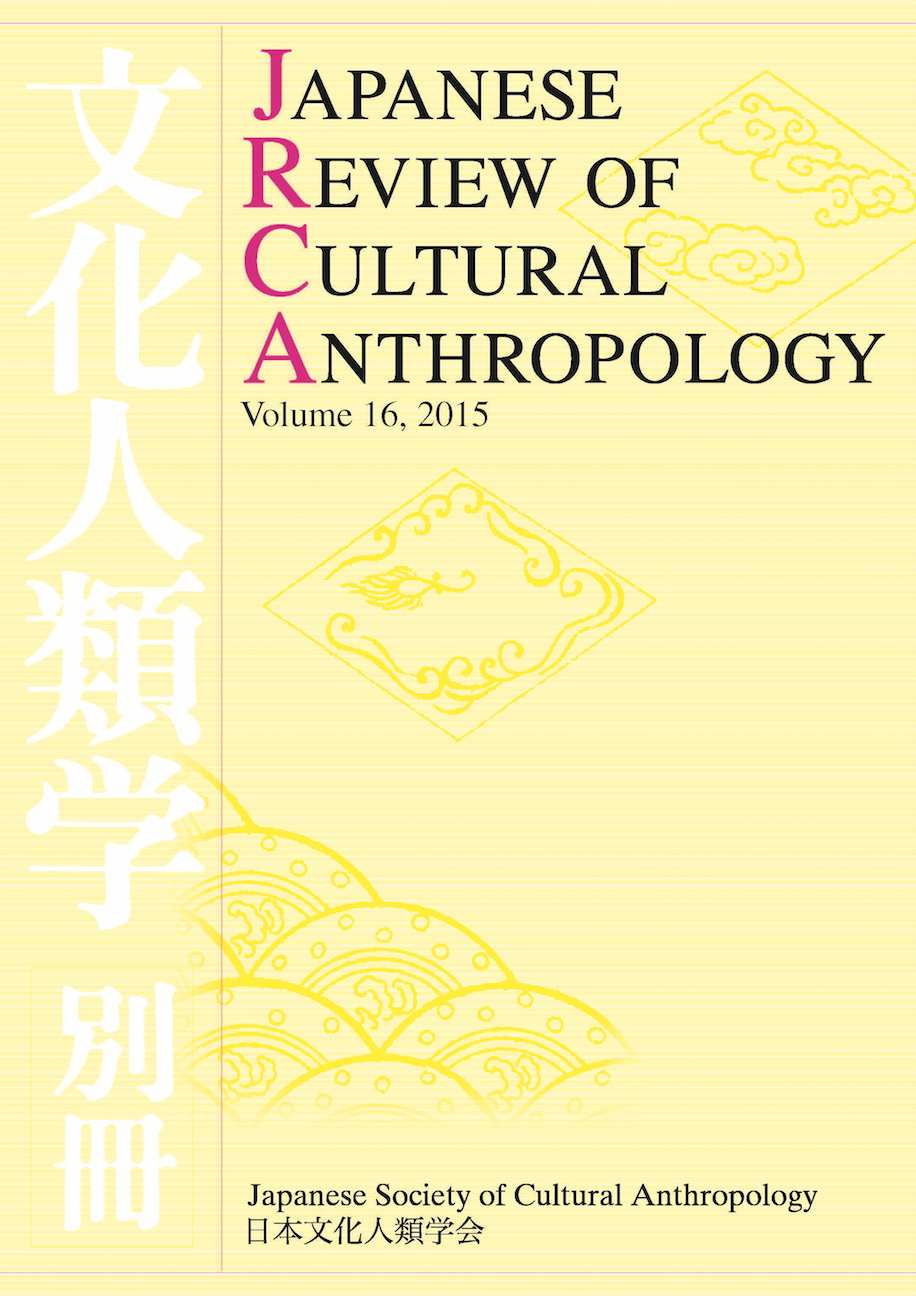19 巻, 1 号
選択された号の論文の7件中1~7を表示しています
- |<
- <
- 1
- >
- >|
front matter
-
2018 年 19 巻 1 号 p. cover1-
発行日: 2018年
公開日: 2019/06/10
PDF形式でダウンロード (751K) -
2018 年 19 巻 1 号 p. 003-004
発行日: 2018年
公開日: 2019/06/10
PDF形式でダウンロード (185K)
2017 Japanese Society of Cultural Anthropology Award Lecture
-
2018 年 19 巻 1 号 p. 005-050
発行日: 2018年
公開日: 2019/06/10
PDF形式でダウンロード (1758K)
Submitted Article
-
2018 年 19 巻 1 号 p. 051-082
発行日: 2018年
公開日: 2019/06/10
PDF形式でダウンロード (753K) -
2018 年 19 巻 1 号 p. 083-114
発行日: 2018年
公開日: 2019/06/10
PDF形式でダウンロード (1348K)
back matter
-
2018 年 19 巻 1 号 p. 115-117
発行日: 2018年
公開日: 2019/06/10
PDF形式でダウンロード (71K) -
2018 年 19 巻 1 号 p. cover2-
発行日: 2018年
公開日: 2019/06/10
PDF形式でダウンロード (215K)
- |<
- <
- 1
- >
- >|
